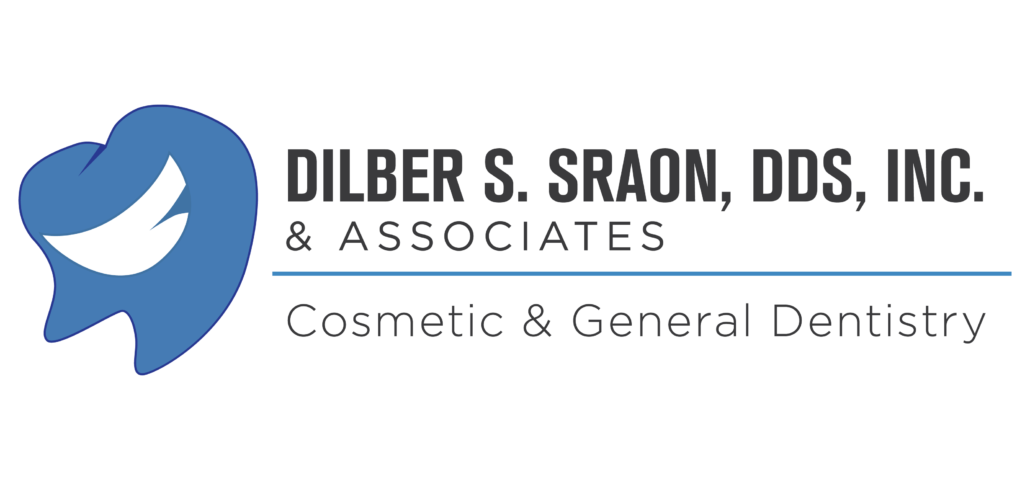Impressive Impressions
There are plenty of reasons that some people shy away from their dental visit—it could stem from a long-standing phobia, a painful procedure, or another uncomfortable experience from their past. While our goal is always for patients to be completely at ease, one of those notoriously uncomfortable experiences is getting impressions made.
The traditional way of getting impressions—in preparation for braces, crowns, Invisalign, or otherwise—involves putting a tray full of thick putty material in a patient’s mouth and having them bite down and hold. WIth a mouth full of material and little room to breathe, this can cause patients to gag or need to swallow without being able to. While the end result is always worth it and largely accurate, the journey can be treacherous.
In addition to the discomfort, the old process is also time consuming. Once the trays are removed from the patient’s mouth, the impressions need time to fully form before being sent away to a lab to create the final product. After that, follow-up appointments need to be made to make sure the molds came out correctly.
Luckily, this entire process is a thing of the past. There’s new technology on the dental scene that eliminates the need for thick putties and old-school molds: the iTero machine. And we are proud to have it in our office!
The iTero is a digital machine that takes scans of a patient’s teeth in real time, resulting in picture-perfect three-dimensional dental images in just a matter of minutes without any discomfort or mess. Described as an intraoral scanner, the machine also allows for a higher level of care and a more positive patient experience.
The scanner features a noninvasive wand that delivers an incredibly accurate model of the patient’s teeth and gums—even the hard-to-reach molars—with far more detail than traditional molds or two-dimensional images. Plus, there’s a screen that allows the dentist to share the images of the patient’s mouth in real time, which makes the appointment a more informative and engaging experience, ultimately helping the patient remain at ease.
The detailed images taken by the scanner are invaluable for orthodontic treatments, especially straightening teeth. The incredible detail offered by the three-dimensional images ensure that the clear aligners will fit well and deliver the intended end result. The iTero can also simulate orthodontic outcomes with extreme accuracy so that patients are able to see a visual of how their teeth will look once the treatment is complete.
Not only does the scanner make the impression process more reliable, comfortable, and mess-free, it also makes it much more efficient. iTero dental scanners produce results almost instantly while the patient is still in the chair. There’s also a much shorter turnaround time between creating the impression, forming the device or restoration, and finalizing the treatment.
Quicker visits to the office and less time in the dentist chair mean our patients can spend more time doing the things they love with the comfort of knowing they’re doing what’s best for their health. Contact us today to see the iTero in action and to keep up with your regular dental appointments. We can’t wait to see you and wish you a happy holiday season!
